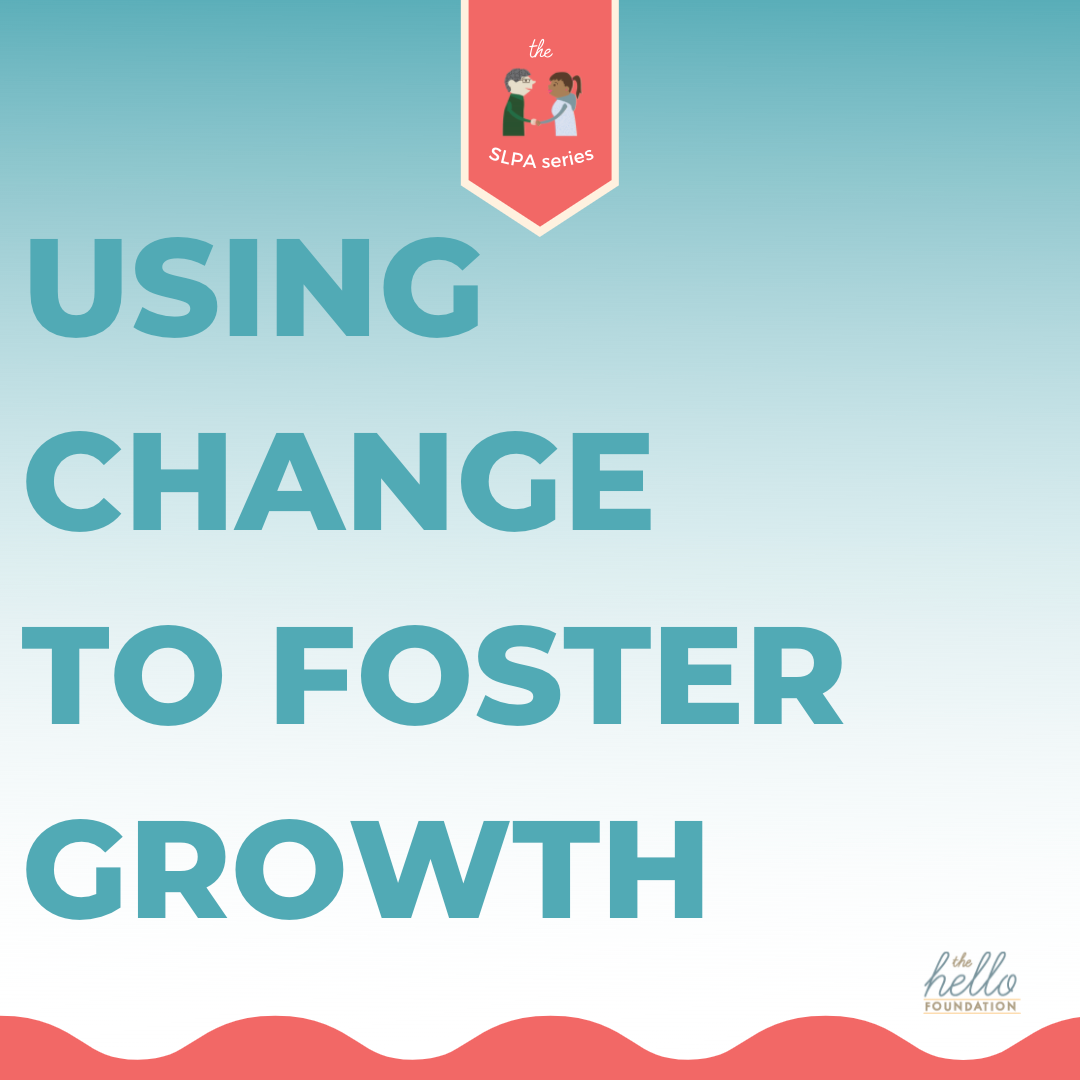

In January 2014, I wrote on a piece on change and how making small changes to our schedule, approach, or focus can foster growth. As we approach two years of a pandemic that has made us question any sense of consistency or expectation that we can plan for the future, it may seem foolish to talk about intentional change! And yet. Changes come whether we’re ready or not, pandemic or not. We can be more prepared by thinking about the ways we can use change for good.
Big idea: Using change to foster growth
It’s a fine line between “routine” and “rut.” While a routine can streamline things and boost productivity, the feeling of being in a “rut” can lead to boredom, depression, and inefficiency (the same feelings that come on 2 years into a pandemic?).
You might worry that there are just not that many options for what you can change right now. But that’s ok! Target the factors you do have control over and imagine changes that make things easier for you or better for students. Even a small tweak can be enough to create new interest and energy, without losing any benefits of routine.
Putting it into practice
Swap around your schedule a bit – Before you panic and tell me there is no way, consider some small ways you could implement change. Or, wait for something else to force a change (there is always something!), and then think about how you might use it to your advantage. Sometimes there are small changes that would reflect the progress students have made: Maybe a student could be seen in-class? or half their time in-class, half pull-out? Maybe some students are ready to shift from more intensive instruction on tongue placement in front of the mirror to “quick artic” 10 minutes per day in the back of the classroom? These kinds of changes can also alert teachers and families to the progress students have made, and can even jumpstart discussion about dismissal, if warranted.
Think about how skills learned in one setting could be generalized to another – Did you have some activities or themes that were really successful in the fall? Where else could you have students practice that skill? Could they do the same type of project on a different theme? Or complete the same type of task, but with a different partner or in class or with the school secretary? Maybe a student is ready to bring something from class to support generalization - spelling words? Reading tasks?
Refocus – In the same way that good progress can give you direction for change, careful examination of where there has not been progress can be equally enlightening. Review progress notes to identify goals that haven’t been targeted yet. There are always a couple. Think about what has been keeping you from them.
Most important is to stay realistic and focused on the changes within your power to make. There are likely a lot of things that you don’t have control over - changes that are coming, as well as things you wish you could change but can’t. Think small in terms of what you can do mid-stream, with minimal disruption. It could be just what you need to keep things fresh for you and your students!
